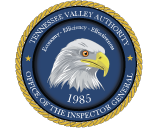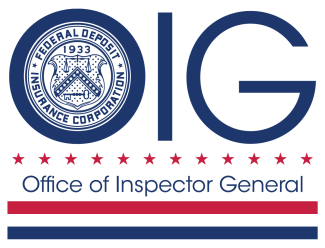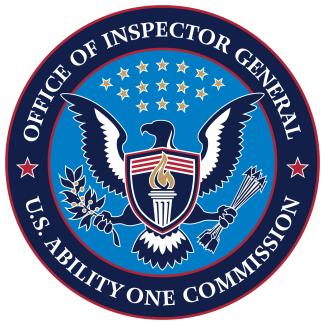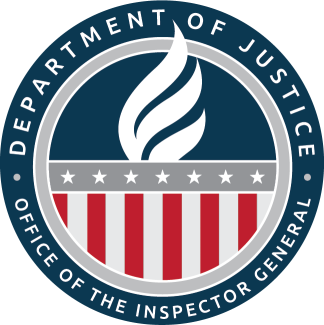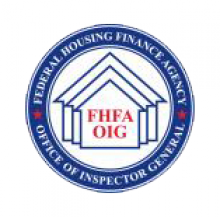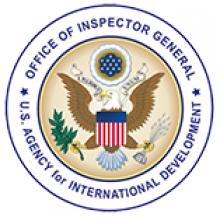The Office of the Inspector General (OIG) performed the procedures, which were requested and agreed to by Tennessee Valley Authority (TVA) management solely to assist management in determining the validity of the Winning Performance/Executive Annual Incentive Plan (WP) Measures for fiscal year (FY) ending September 30, 2021. TVA management is responsible for the WP Measures data provided. In summary, procedures applied by the OIG found: • The FY 2021 WP goals for the Enterprise measures were properly approved. There was one change form that affected one measure.• The FY 2021 goals (target) for the corporate multiplier measures were properly approved. • The actual FY to-date results for the Enterprise measures agreed with the underlying support, without exception.• The actual FY to-date results for the corporate multiplier measures agreed with the underlying support, without exception.• The FY 2021 WP payout percentage provided by the Benchmarking and Enterprise Performance organization on November 5, 2021, was mathematically accurate and agreed with the Office of the Inspector General’s recalculation.
| Report Date | Agency Reviewed / Investigated | Report Title | Type | Location | |
|---|---|---|---|---|---|
| Tennessee Valley Authority | Agreed-Upon Procedures for TVA Fiscal Year 2021 Performance Measures | Other | Agency-Wide | View Report | |
| Federal Deposit Insurance Corporation | DOJ Press Release: Second DC Solar Defendant Sentenced to 3 Years in Prison for Billion Dollar Ponzi Scheme | Investigation |
|
View Report | |
| Federal Deposit Insurance Corporation | DOJ Press Release: International Wholesale Currency Dealer Sentenced for Criminal Operations; Forfeits $1.1 Million | Investigation |
|
View Report | |
| Committee for Purchase From People Who Are Blind or Severely Disabled (AbilityOne Program) | Audit of the U.S. AbilityOne Commission’s Financial Statements for Fiscal Year 2021 | Audit | Agency-Wide | View Report | |
| Department of Justice | Management Advisory Memorandum: Impact of the Failure to Conduct Formal Policy Negotiations on the Federal Bureau of Prisons’ Implementation of the FIRST STEP Act and Closure of Office of the Inspector General Recommendations | Other | Agency-Wide | View Report | |
| Federal Housing Finance Agency | Twenty-Second Semiannual Report to the Congress | Semiannual Report | Agency-Wide | View Report | |
| U.S. Agency for International Development | Closeout Audit of USAID Resources Managed by AECOM Technical Services Inc., USAID West Bank and Gaza Architecture and Engineering Services Project, IDIQC AID-294-I-16-00001 and TO AID-294-TO-16-00007, February 1 to September 29, 2019 | Other |
|
View Report | |
| U.S. Agency for International Development | Single Audit of JSI Research and Training Institute, Inc. and Affiliate for the Fiscal Year Ended September 30, 2017 | Other |
|
View Report | |
| U.S. Agency for International Development | Examination of Costs Claimed on Flexibly Priced Contracts by Ceres, Inc. for the Fiscal Year Ended August 31, 2016 | Other |
|
View Report | |
| Inter-American Foundation | Audit of the Inter-American Foundation's Financial Statements for Fiscal Years 2021 and 2020 | Audit |
|
View Report | |


